Introduction
Electric drives have lost no significance in any of the following: modern industrial automation, electric vehicles, robotics, and other electromechanical systems. They provide critical control over motor action and torque so that the latter may perform efficiently and appropriately.
In this blog, we are going to outline what electric drives are like, give brief on their working fundamentals, and also go through what major components implement an electric drive system.
What is an Electric Drive?
By controlling the flow of power from the source to the motor, an electric drive establishes a system for motion control of an electrical machine (usually a motor). Depending on the application, this system can operate with parameters like torque, speed, and rotational direction.
Why Are Electric Drives Important?
Electric drives provide:
• Precise speed and torque control
• Energy saving
• Automatic and remote control
• Smooth acceleration and braking
• Enhanced safety and performance. So these apply to transportation (electric cars, trains), manufacturing (computer-controlled machines), HVAC, and robotics.
Key Components of an Electric Drive System
The
following are the main parts of an electric drive:1. Power Source
• Supplies required electric energy.
• Is either AC or DC, depending on drive and application
Three-phase AC power is usually preferred in industrial systems.
2. Power Modulator (Converter/Inverter)
Power flow converters, including AC-DC converters, DC-AC inverters, and cycloconverters, provide the motor with the proper voltage, frequency, and current.
3. Control Unit
• It gets commands from the user or an automation system.
• Control signals are provided to the power modulator.
• Applies logic, protection, and feedback-type control algorithms, i.e., PID, vector, etc.
• This can be either an analogy or a digital type (microcontroller, DSP, PLC).
4. Electric Motor
Motors are the basic mechanical units that transform electric energy into movement, such as DC, AC, and dedicated machines like BLDC, stepper, and servo motors.
5. Feedback Devices (Sensors)
Real-time data on speed, position, and current is provided by common sensors like encoders, tachometers, hall sensors, and current and voltage sensors, enabling closed-loop control for higher accuracy.
Types of Electric Drives
1. DC Drives – Utilize DC motors and provide uncomplicated speed control, suitable for low-cost or legacy systems.
2. AC Drives (VFDs) – Drive AC induction/synchronous motors with variable frequency & voltage.
3. Servo Drives – Offer very accurate position and speed control, commonly in robotics and CNC applications.
4. Stepper Drives – Drive stepper motors for incremental movement, utilized by 3D printers and automation.
Applications of Electric Drives
- Electric vehicles (EVs)
- Industrial automation
- Home appliances (washing machines, HVAC)
- Robotics and CNC machines
- Renewable energy systems (wind turbines, solar tracking)
Conclusion
Electric drives are an important element of modern automation and power systems. Developing efficient, sensitive, and smart motion control systems begins with knowledge of their fundamental elements: power supply, modulator, control unit, motor, and sensors. Electric drives are becoming more intelligent and coupled as technology continues to improve, paving the way for automated and more environmentally friendly solutions.
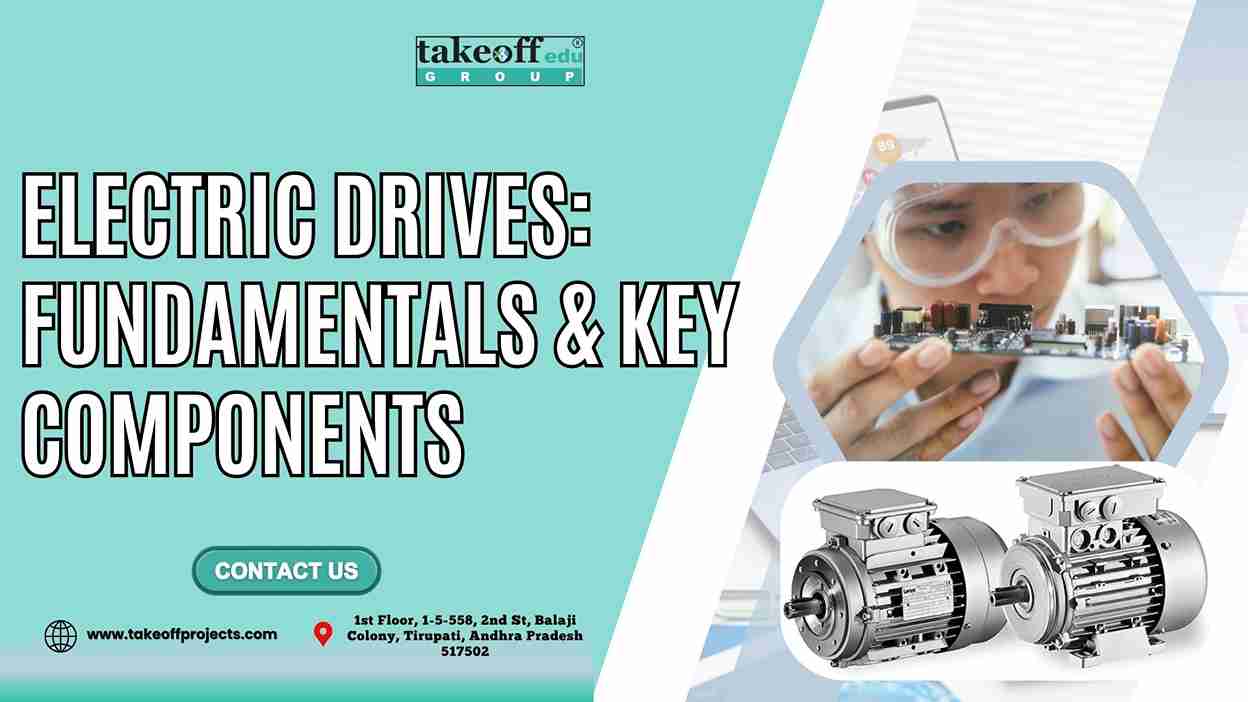
 Power Electronics for Smart Grids: Enhancing Efficiency
Power Electronics for Smart Grids: Enhancing Efficiency 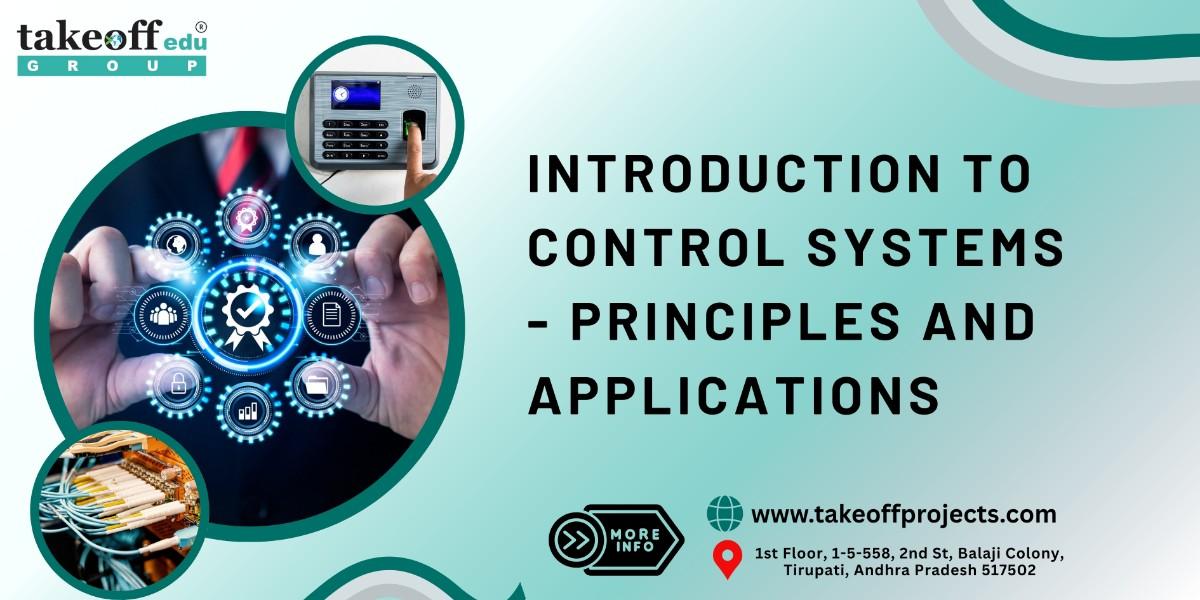 Introduction to Control Systems: Principles and Applications
Introduction to Control Systems: Principles and Applications 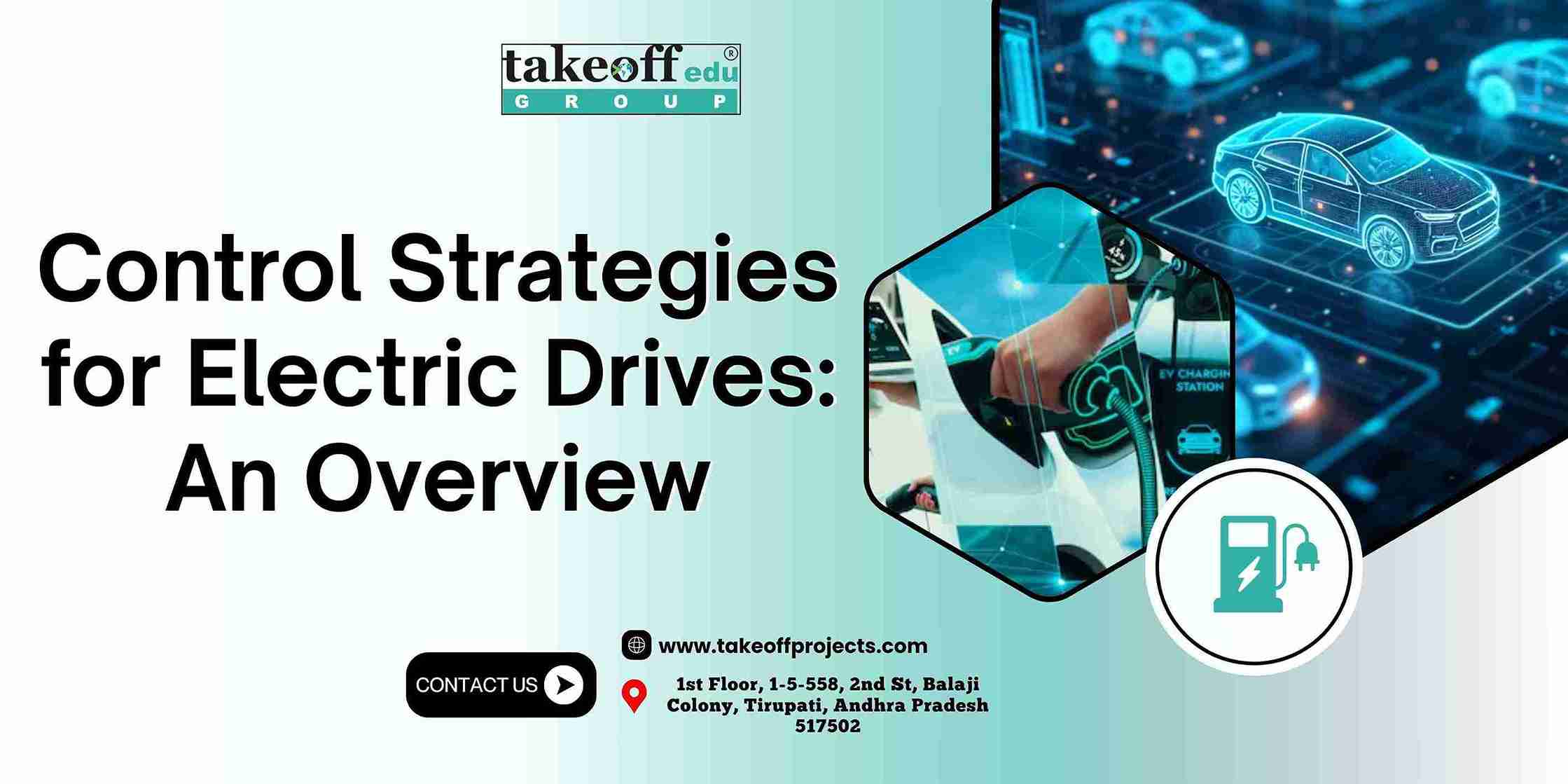 Control Strategies for Electric Drives: An Overview
Control Strategies for Electric Drives: An Overview 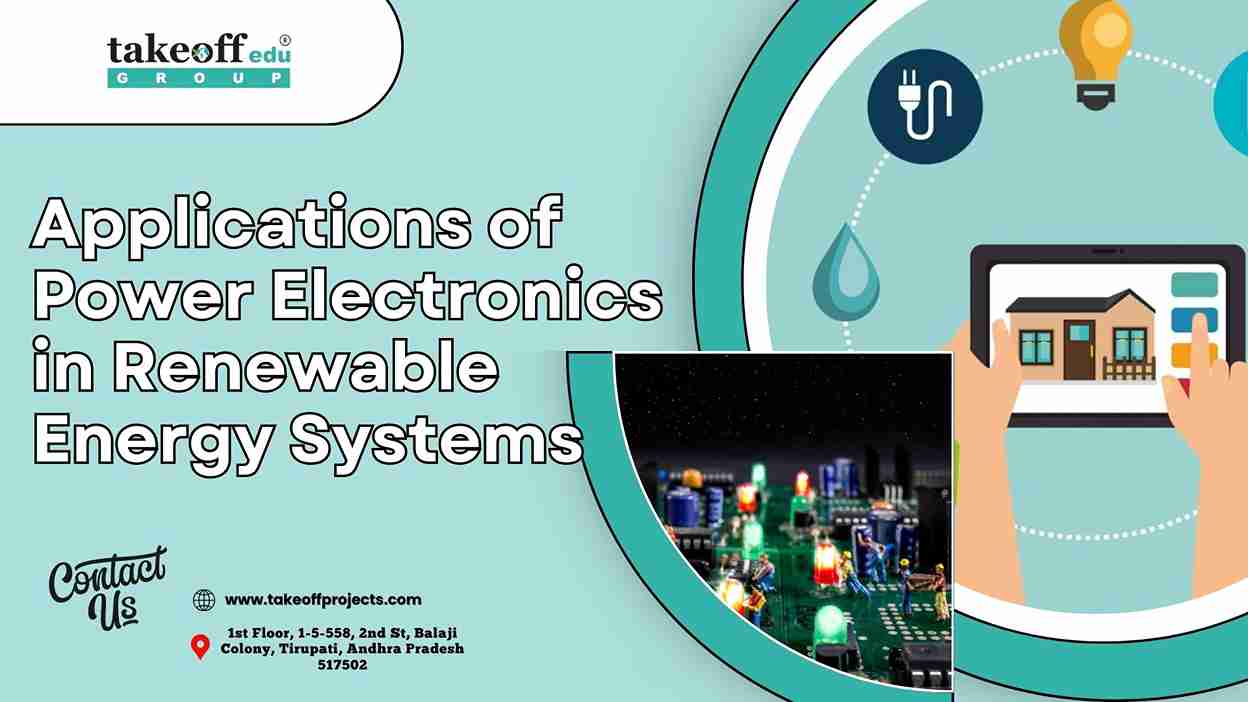 Applications of Power Electronics in Renewable Energy Systems
Applications of Power Electronics in Renewable Energy Systems  Designing Efficient Power Converters: Tips and Techniques
Designing Efficient Power Converters: Tips and Techniques 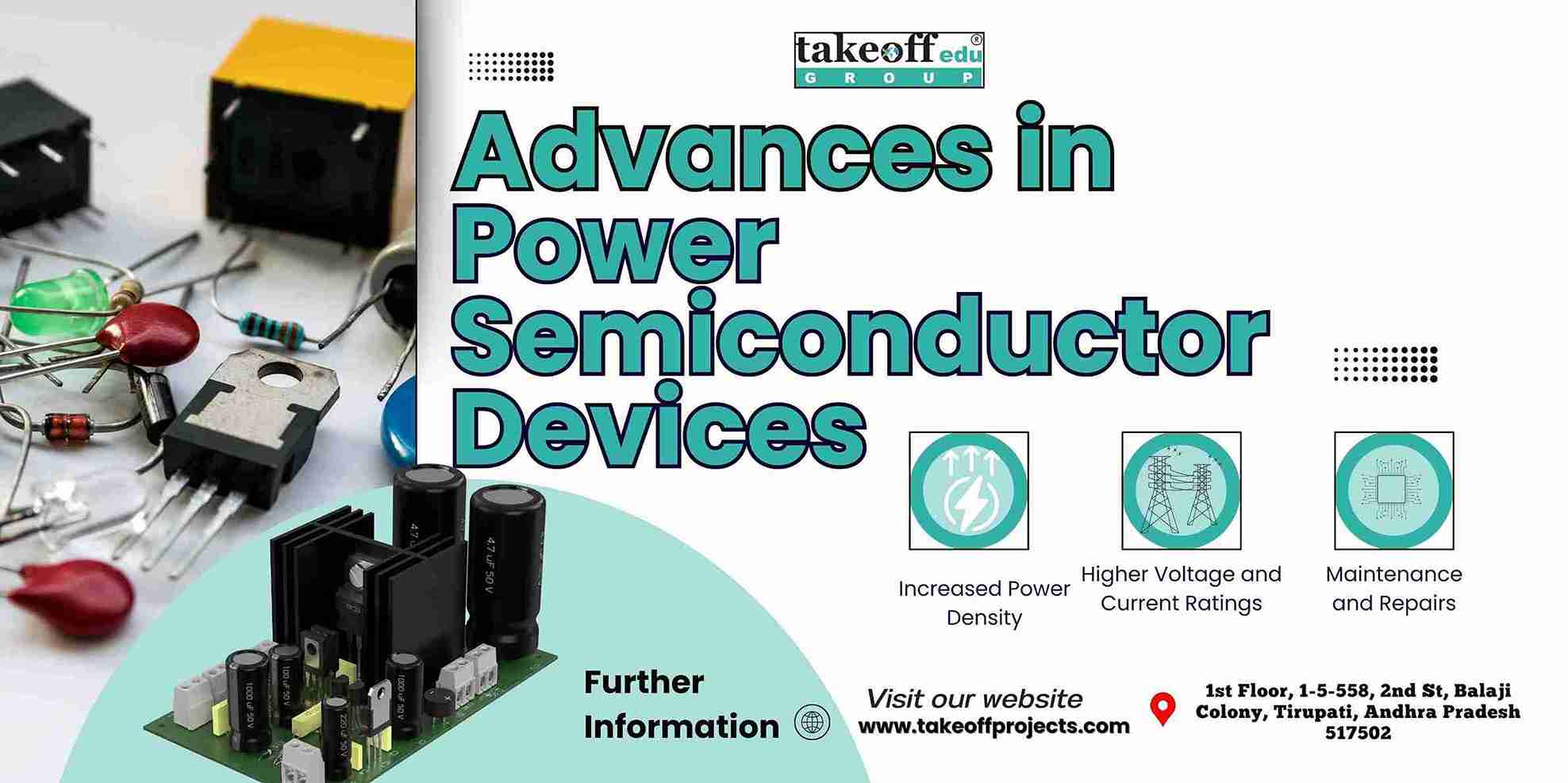 Advances in Power Semiconductor Devices
Advances in Power Semiconductor Devices 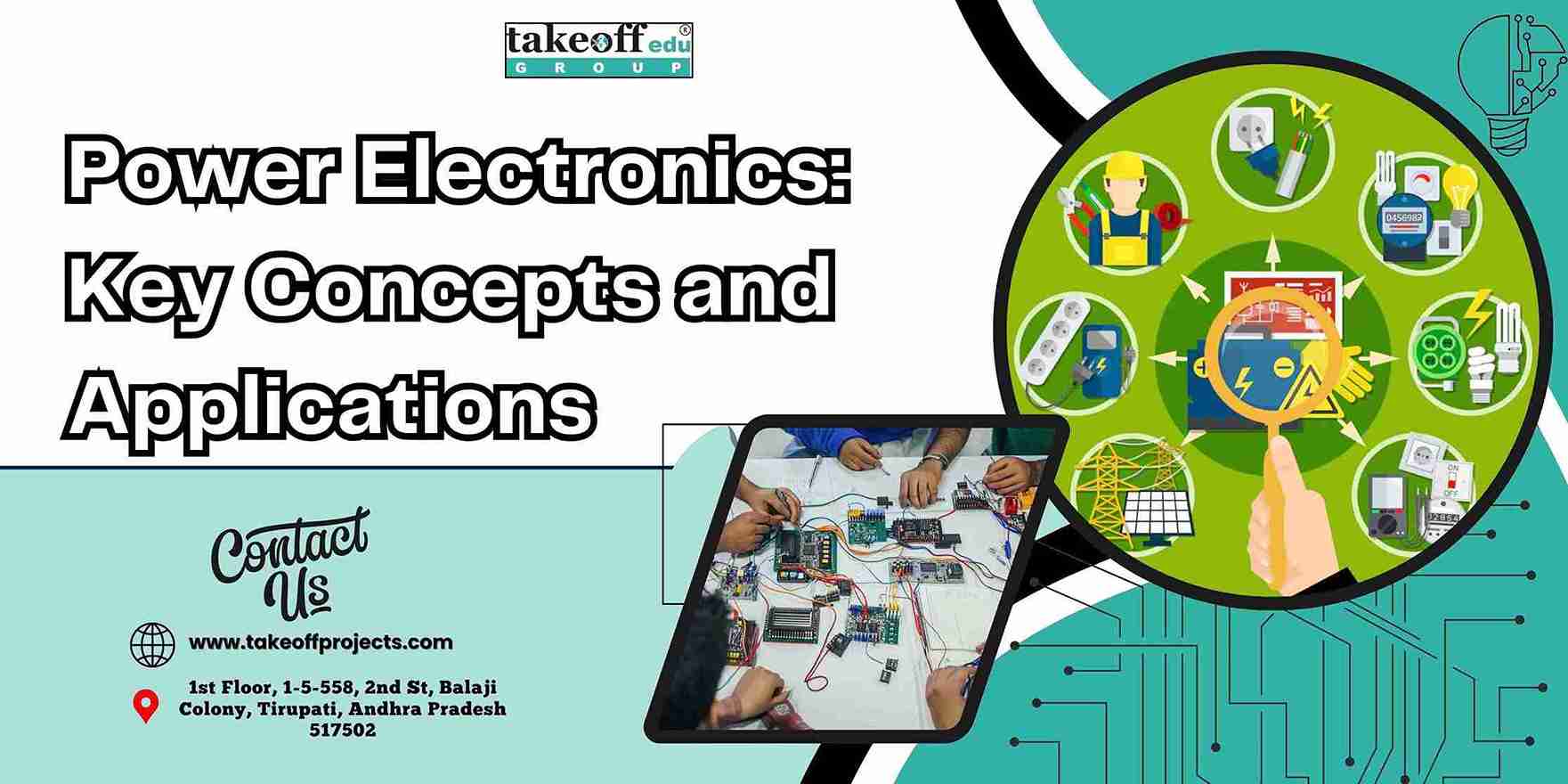 Power Electronics: Key Concepts and Applications
Power Electronics: Key Concepts and Applications  Cybersecurity in Power Systems: Protecting Critical Infrastructure
Cybersecurity in Power Systems: Protecting Critical Infrastructure 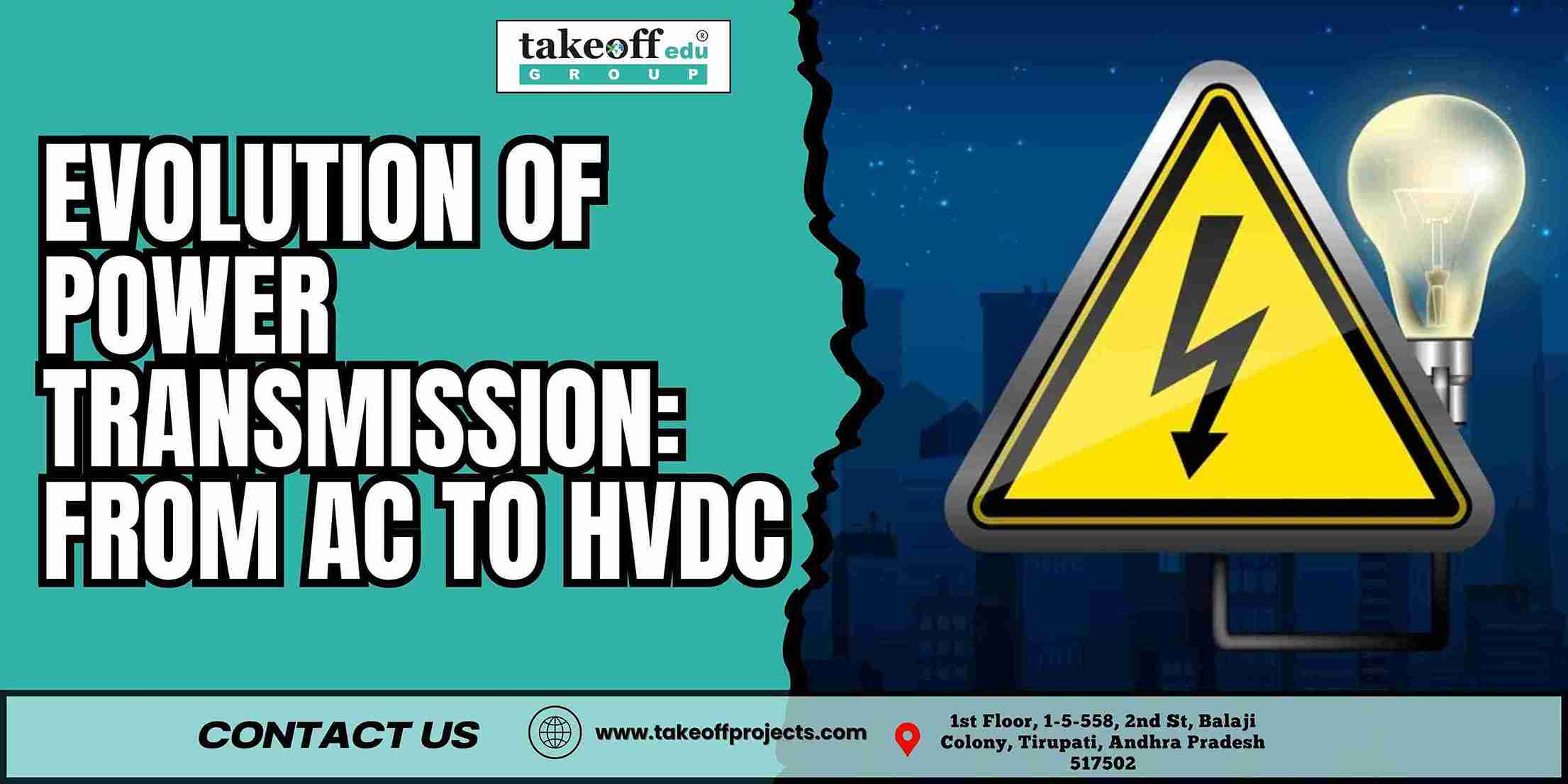 The Evolution of Power Transmission: From AC to HVDC
The Evolution of Power Transmission: From AC to HVDC 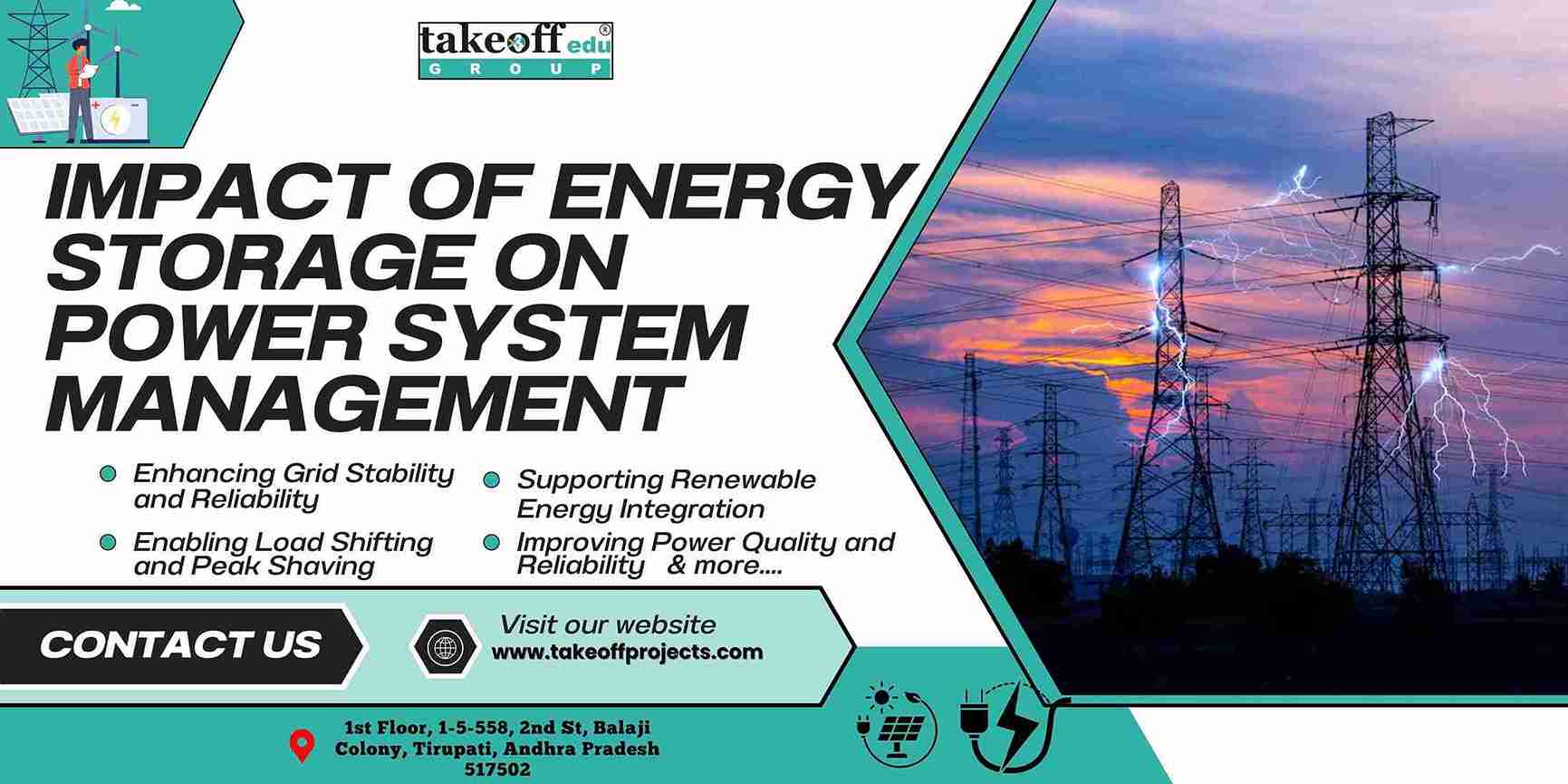 Impact of Energy Storage on Power System Management
Impact of Energy Storage on Power System Management  Load Flow Analysis : Techniques and Applications in Power Systems
Load Flow Analysis : Techniques and Applications in Power Systems 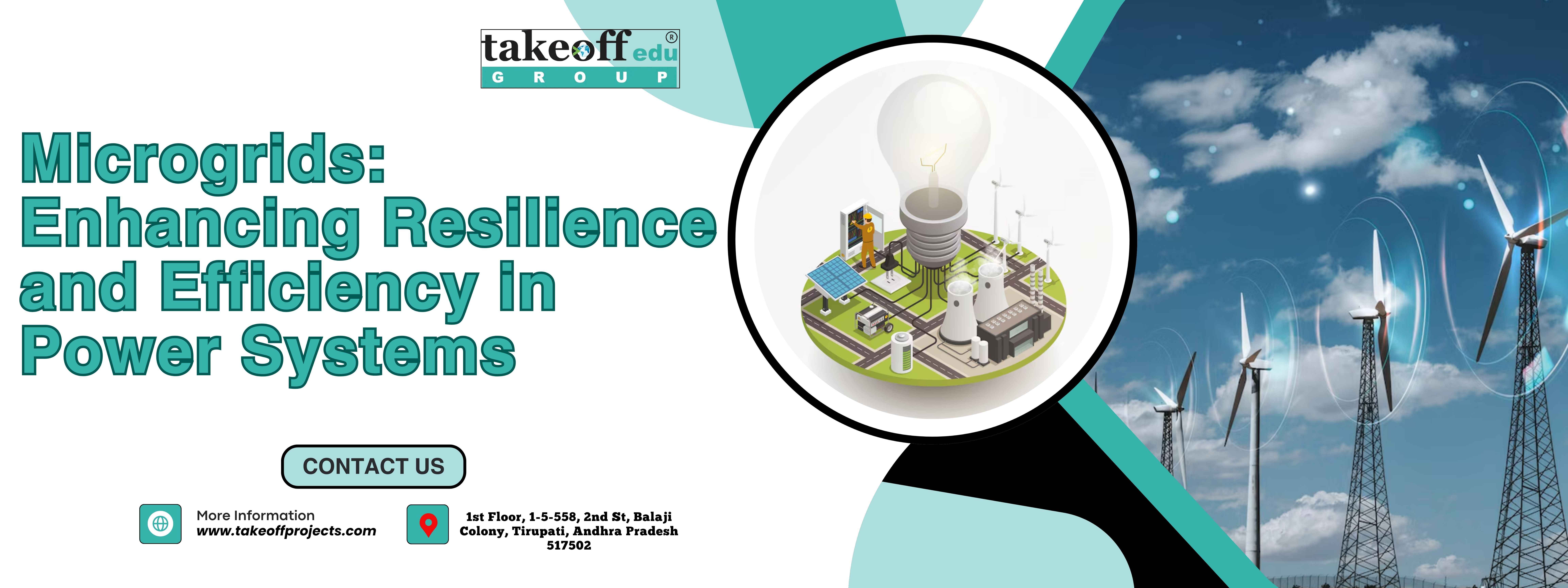 Microgrids: Enhancing Resilience and Efficiency in Power Systems
Microgrids: Enhancing Resilience and Efficiency in Power Systems 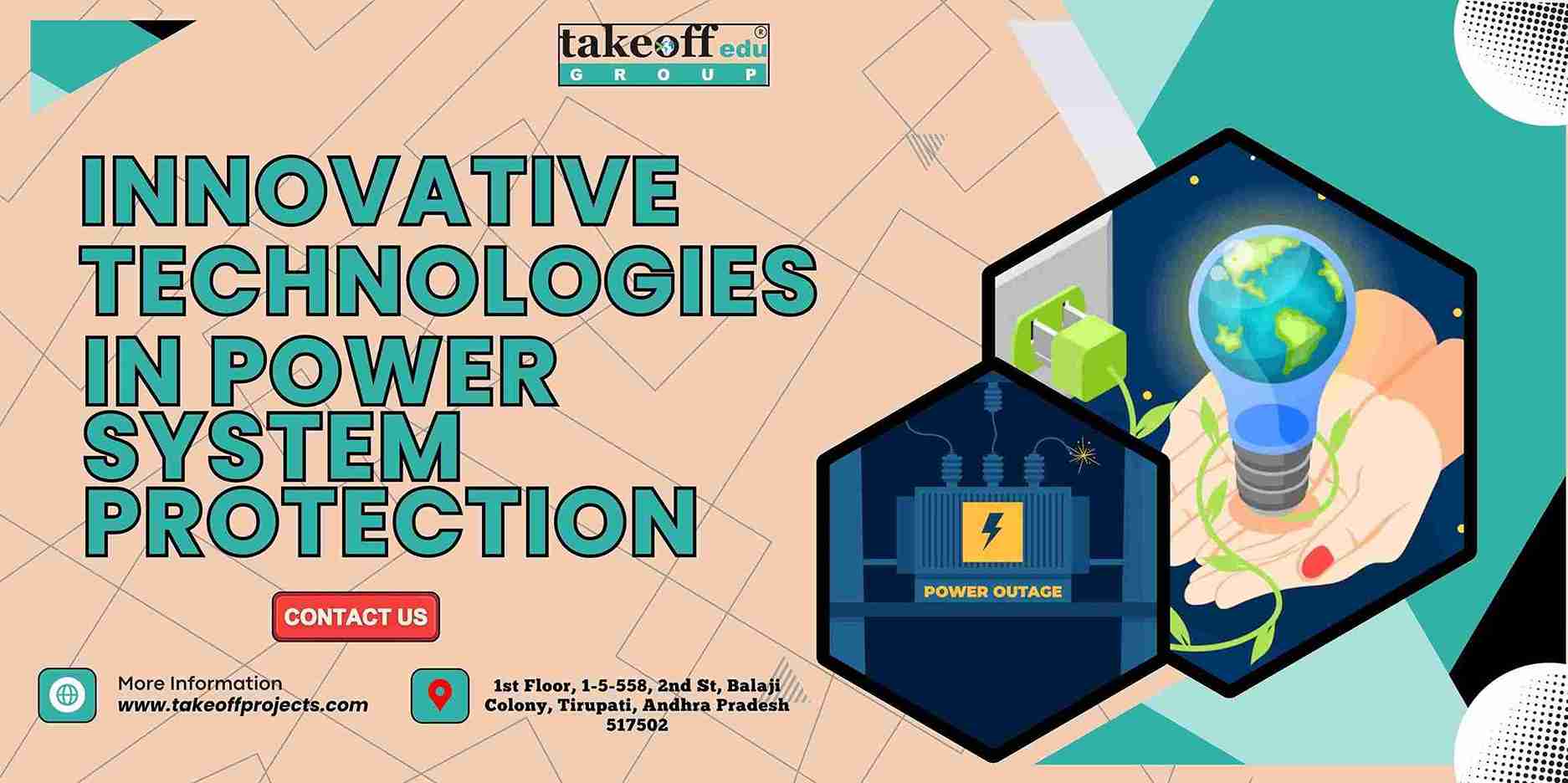 Innovative Technologies in Power System Protection
Innovative Technologies in Power System Protection 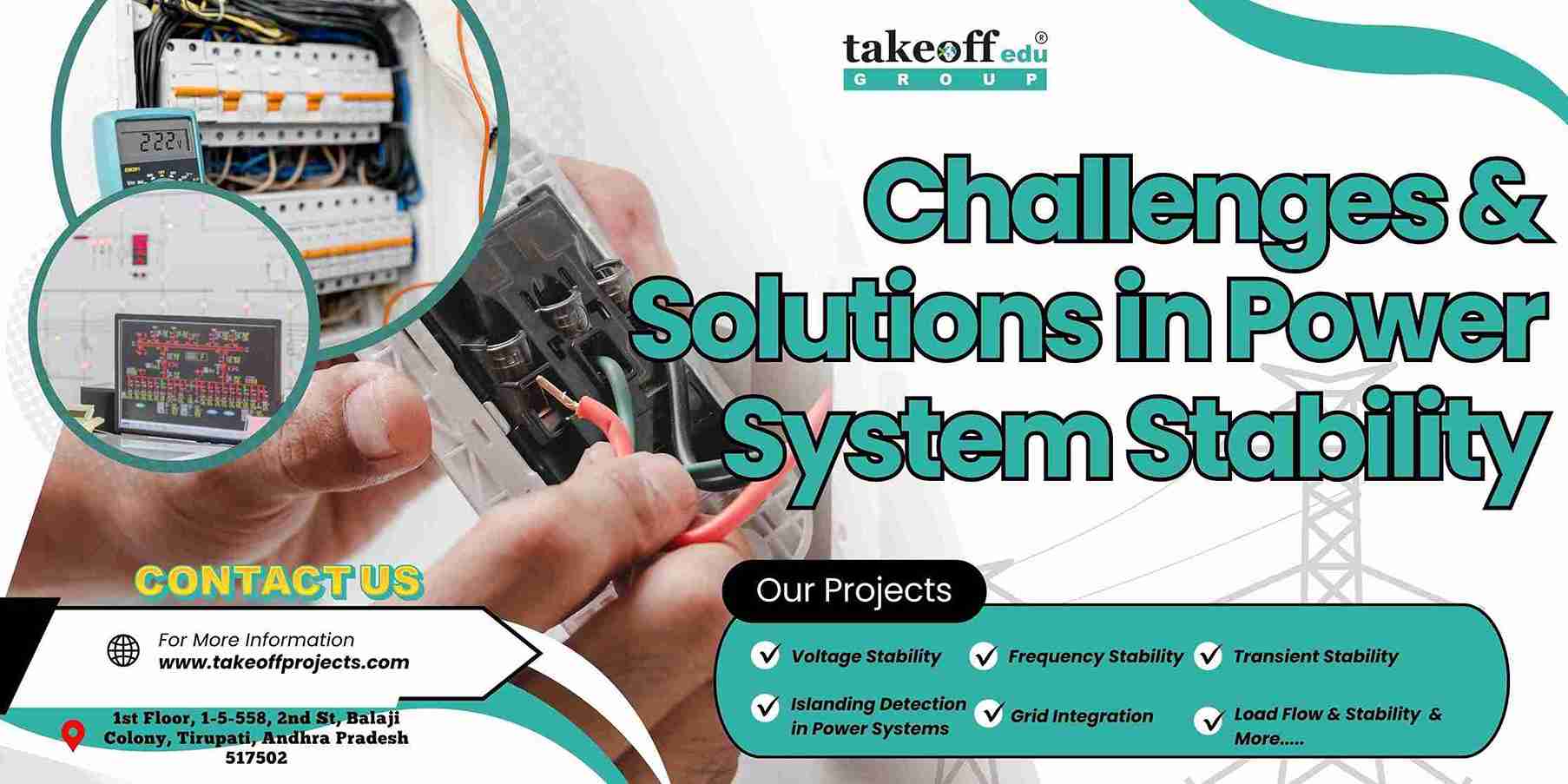 Challenges and Solutions in Power System Stability
Challenges and Solutions in Power System Stability 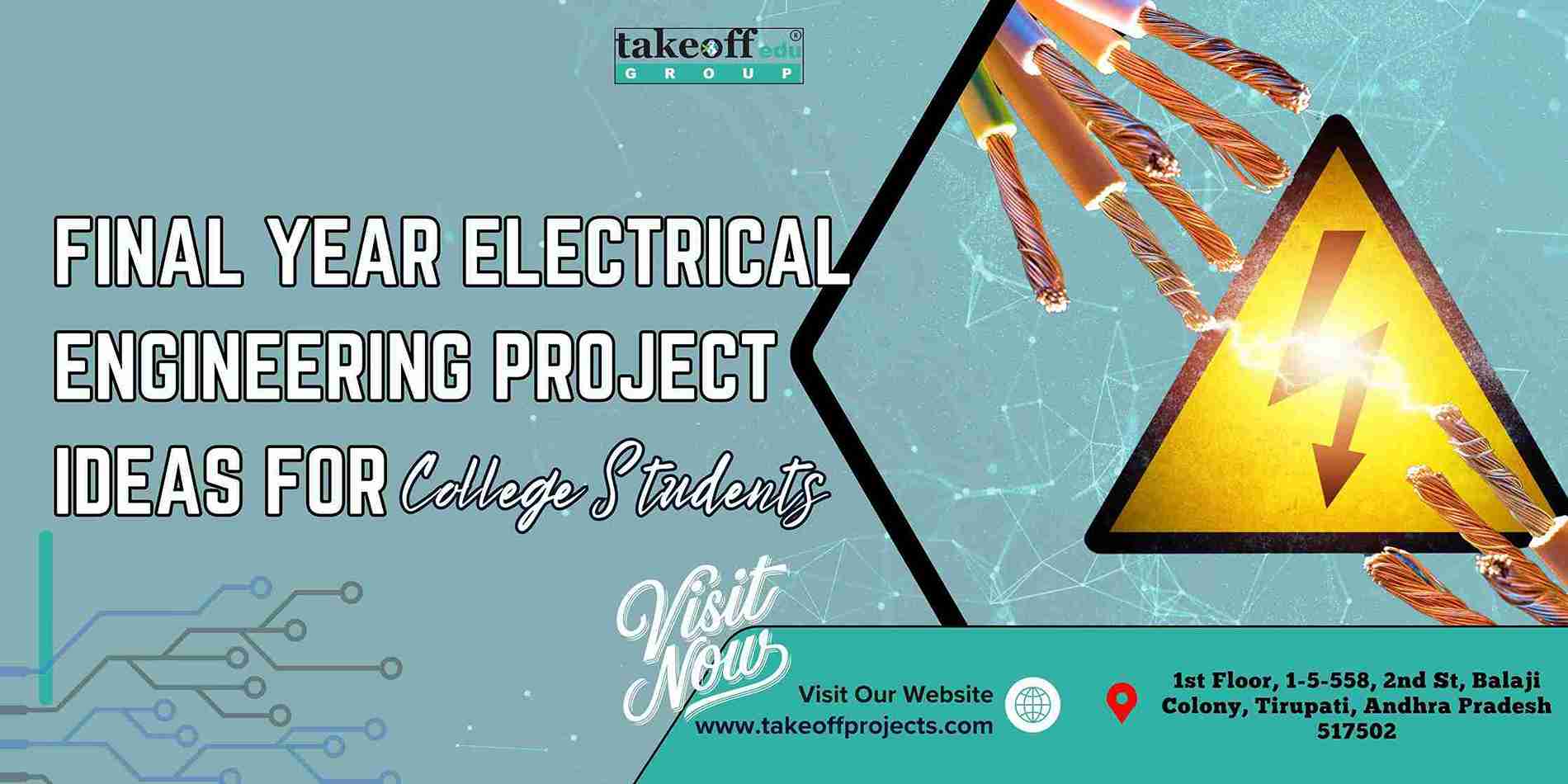 Final Year Electrical Engineering Project Ideas for College Students
Final Year Electrical Engineering Project Ideas for College Students 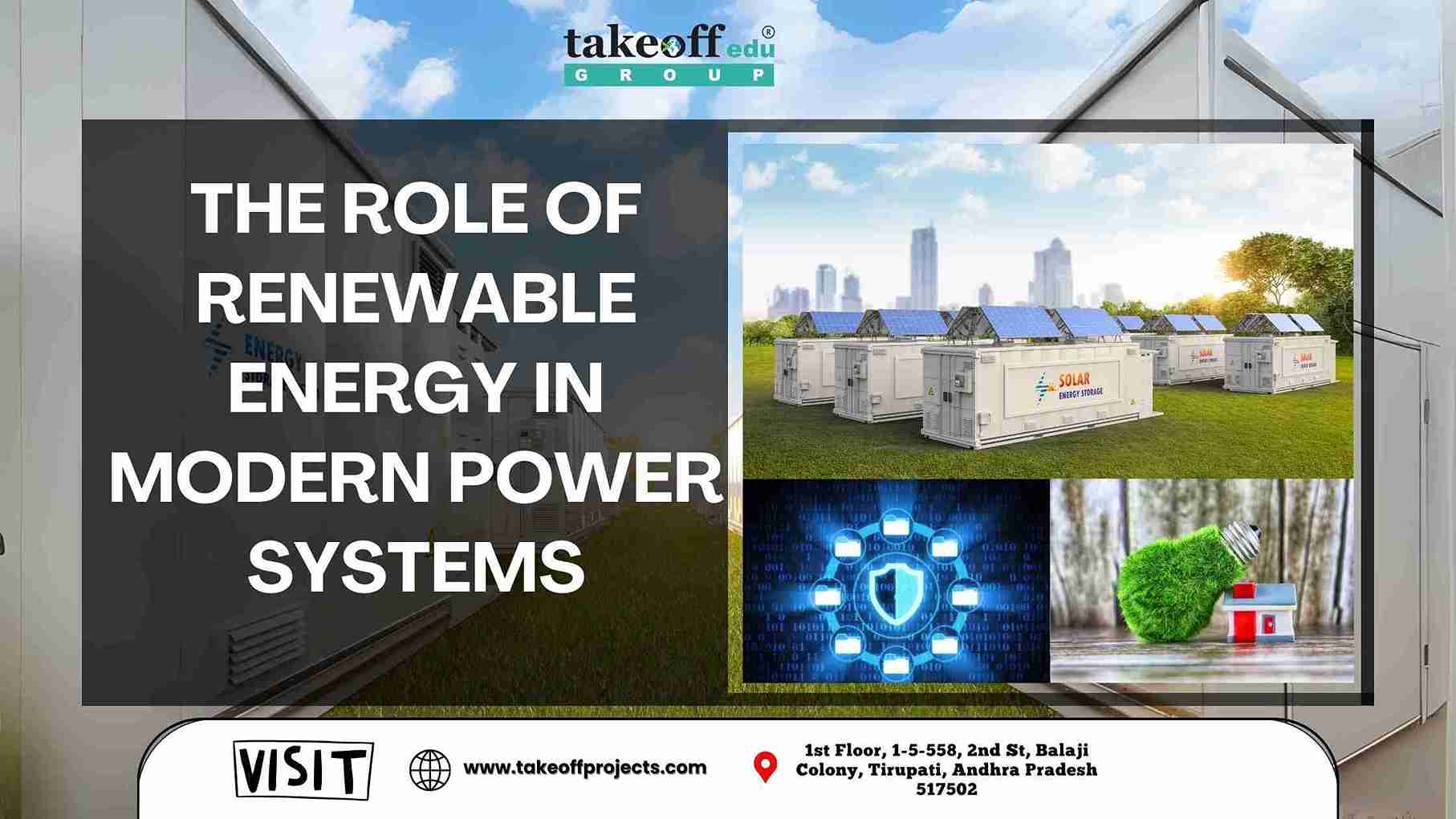 The Role of Renewable Energy in Modern Power Systems
The Role of Renewable Energy in Modern Power Systems  Smart Grids: Revolutionizing the Future of Power Systems
Smart Grids: Revolutionizing the Future of Power Systems 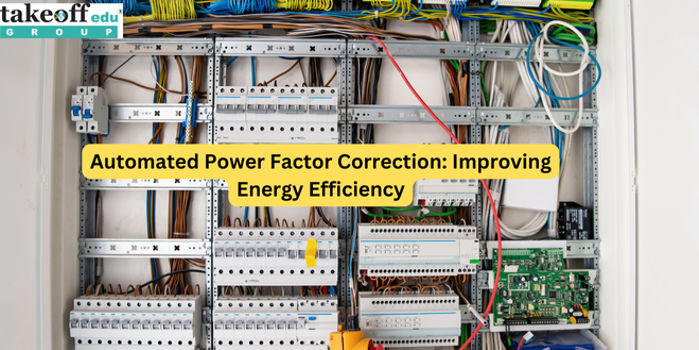 Automated Power Factor Correction: Improving Energy Efficiency
Automated Power Factor Correction: Improving Energy Efficiency 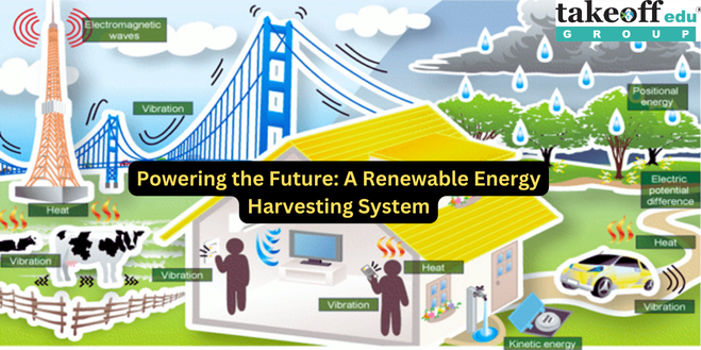 Powering the Future: A Renewable Energy Harvesting System
Powering the Future: A Renewable Energy Harvesting System  Smart Grid Solutions: Enhancing Electrical Distribution Efficiency
Smart Grid Solutions: Enhancing Electrical Distribution Efficiency 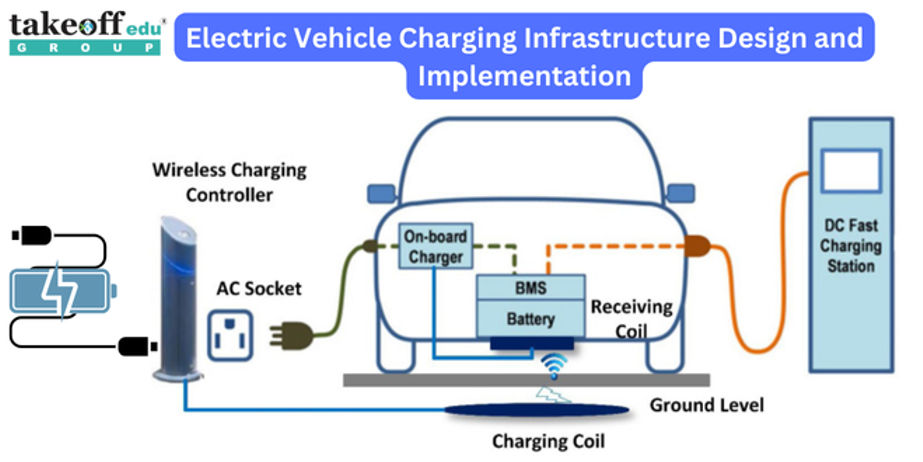 Electric Vehicle Charging Infrastructure Design and Implementation
Electric Vehicle Charging Infrastructure Design and Implementation  Integration of Renewable Energy Sources in Microgrids
Integration of Renewable Energy Sources in Microgrids 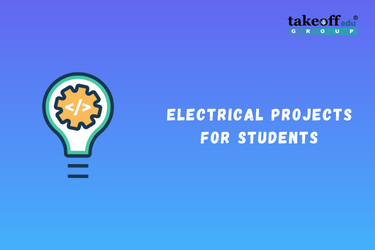 Electrical Projects Engineering Students
Electrical Projects Engineering Students  M.Tech Thermal Engineering Projects
M.Tech Thermal Engineering Projects 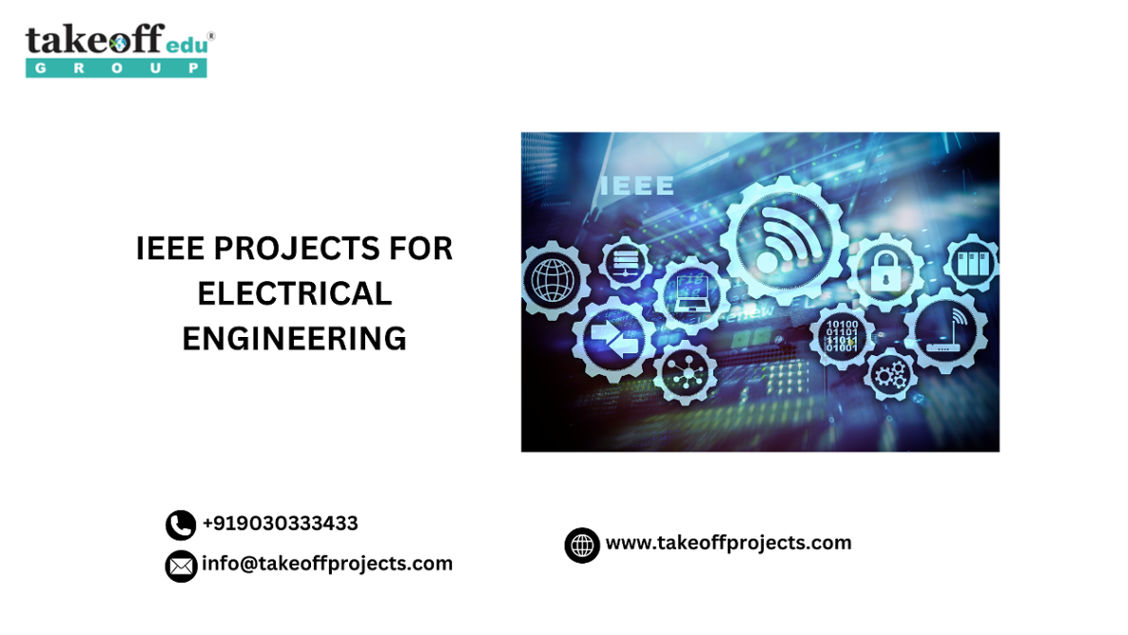 IEEE Projects for Electrical Engineering
IEEE Projects for Electrical Engineering 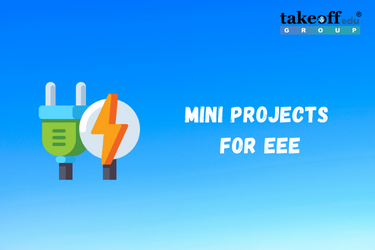 Mini Projects for EEE
Mini Projects for EEE 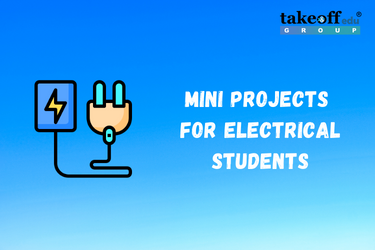 Mini Projects for Electrical Students
Mini Projects for Electrical Students 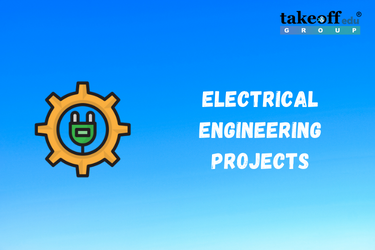 Top Electrical Projects for Final Year Students
Top Electrical Projects for Final Year Students  10 Interesting Projects for Electrical Engineering Students 2022
10 Interesting Projects for Electrical Engineering Students 2022 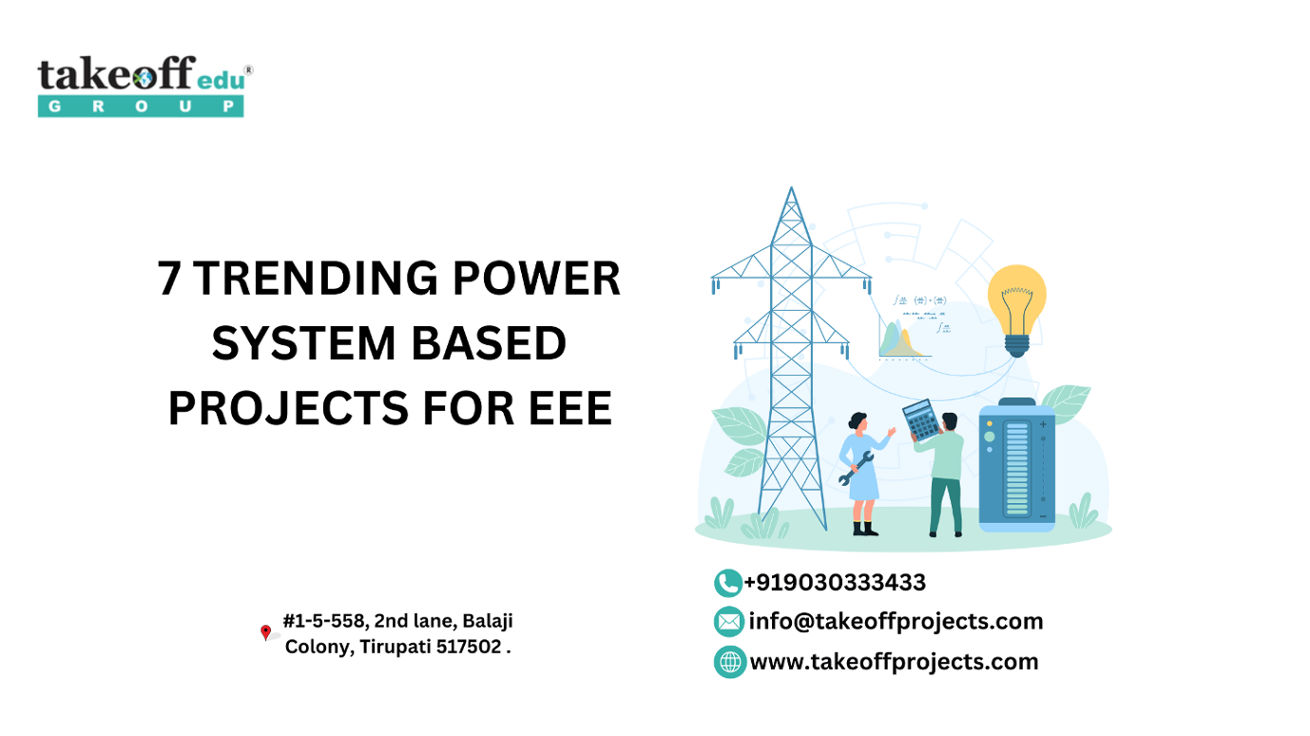 7 Trending Power Systems Based Projects for EEE
7 Trending Power Systems Based Projects for EEE  Top 10 Power Electronics Projects for EEE
Top 10 Power Electronics Projects for EEE  Top 16 Electrical Engineering Projects
Top 16 Electrical Engineering Projects 
 Paper Publishing
Paper Publishing


